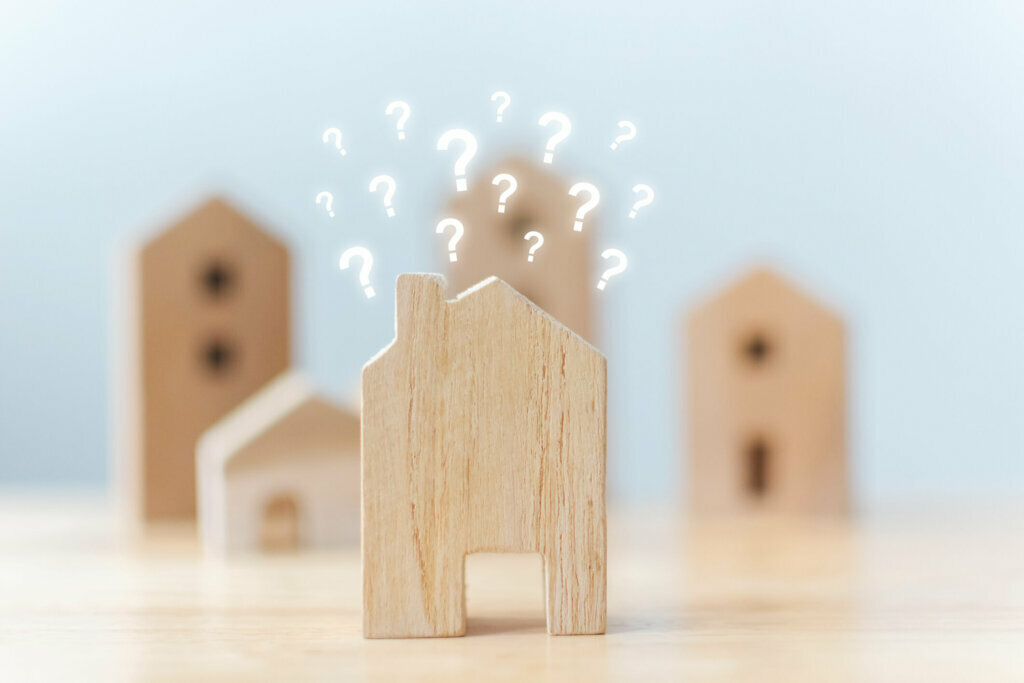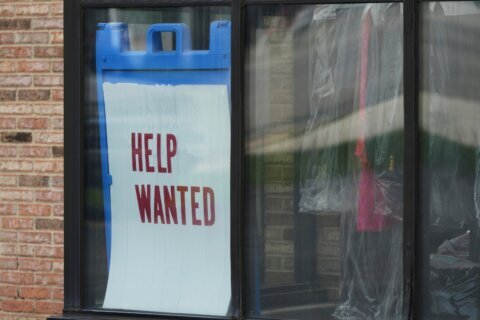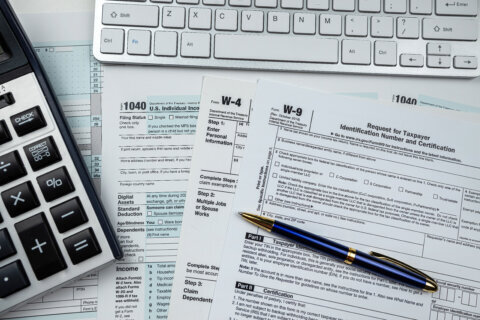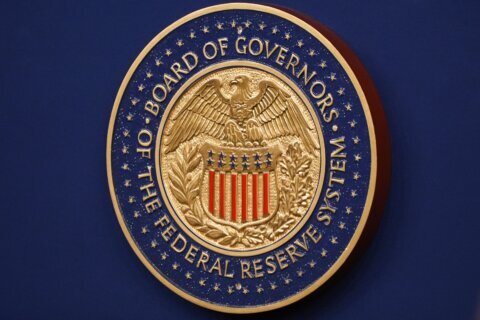
Homeowners in the U.S. are currently sitting on a record $18.7 trillion in home equity. That’s often a useful financial tool to pay for home renovations, help with funding a child’s education or starting a business. But homeowners aren’t rushing to tap it.
Home equity borrowing in 2019 was the lowest in 15 years, according to Lending Tree, which cites a couple of reasons for the pullback.
“People are more wary about taking on high levels of debt on their homes. A lot of people lost homes because they took on too much debt during the financial crisis,” Tendayi Kapfidze, at LendingTree, told WTOP.
“And the second thing is that banks have also tightened lending standards considerably, so there is less supply of home equity credit in the marketplace.”
A home equity line of credit, or HELOC, is basically a big loan using the borrower’s home as collateral, and while taking out a HELOC will temporarily hurt a borrowers’ credit score, it won’t hurt much.
“We saw declines on average of about 17 points in the six months following the home equity loan. And then in the next six months, most of that was recovered,” Kapfidze said.
Borrowers in the D.C.-area housing market tend to see even smaller impact to their credit score, with an average initial decline of 13 points, according to LendingTree.
While the currently record low mortgage rate environment will also apply to HELOC rates, most home equity loans have variable interest rates, not fixed rates, meaning monthly payments could increase considerably if and when rates start moving higher.








